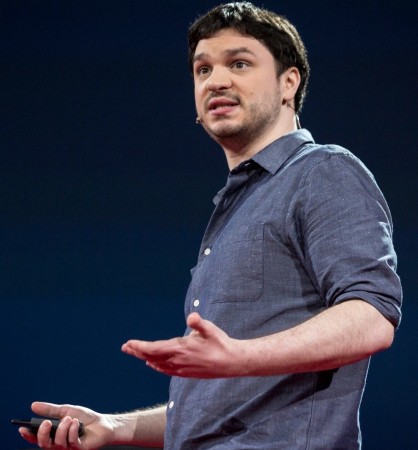
2:00 pm to 3:00 pm
Gates Hillman Center 6115
Abstract:
Cameras offer a rich and ubiquitous source of data about the world around us, providing many opportunities to explore new computational approaches to real-world problems. In this talk, I will show how insights from art, science, and engineering can help us connect progress in visual computing with typically non-visual problems in other domains, allowing us to leverage the convenience and power of video to solve new problems. The first section of the talk will focus on visual vibration analysis: I will show how insights from physics can help us extract sound from silent video, reason about structural and material properties that are perceptually invisible to humans, and even build interactive physical simulations of visible objects. The second section of the talk will give an overview of how similar methodologies can be applied to artistic domains, using insights from music, dance, and cinematography to design computational tools that offer creative control over large amounts of media.
Bio:
Abe Davis is a postdoctoral researcher at Stanford University working at the intersections of computer graphics, vision, HCI, and civil engineering. He earned his Ph.D. in Electrical Engineering and Computer Science from MIT in 2016 and is the recipient of the MIT Sprowls Award for Outstanding Dissertation in Computer Science and the ACM SIGGRAPH Outstanding Doctoral Dissertation Honorable Mention Award. Abe was awarded NSF and Mathworks graduate fellowships, named one of Forbes Magazine’s “30 under 30”, Business Insider’s “50 Scientists Who are Changing the World” and “8 Innovative Scientists in Tech and Engineering.” As a postdoc, he won the “Most Practical SHM Solution for Civil Infrastructures” Award at IWSHM 2017, and has been the recipient of two Magic Grants from the Brown Institute for Media Innovation.
